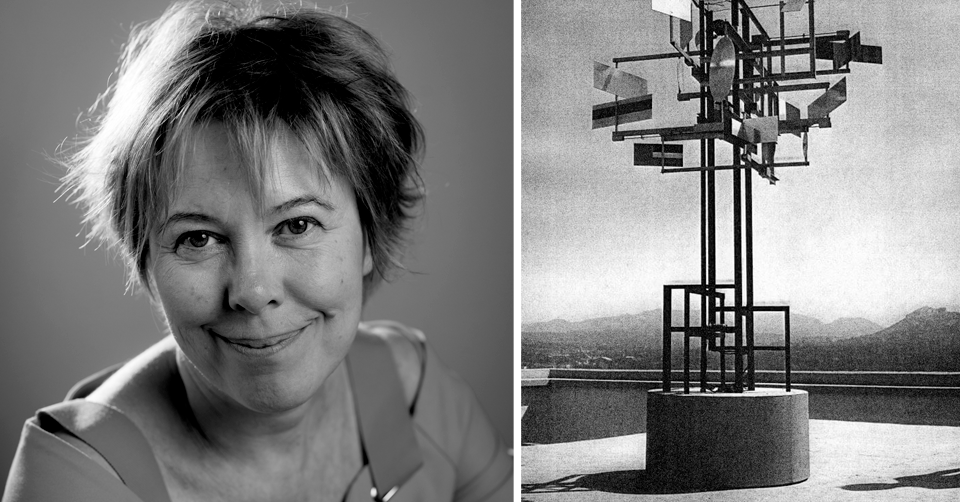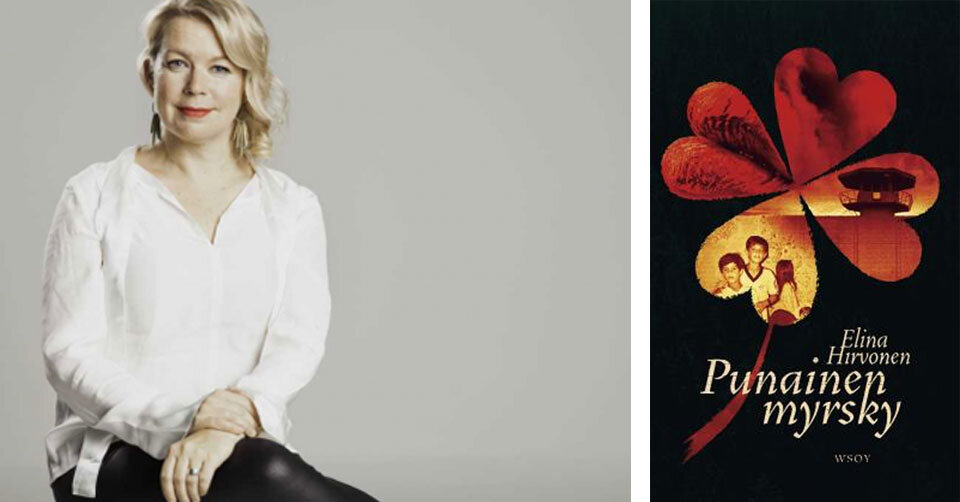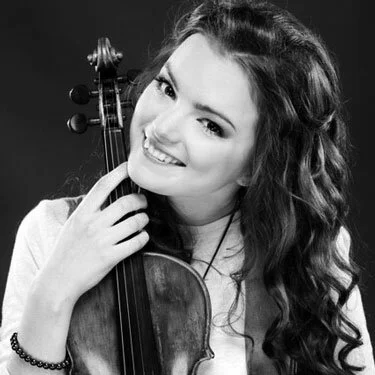C. Frank: Piano and Violin sonata
César or, to give him his full gloriously quintuple-barrelled forename, César-Auguste-Jean-Guillaume-Hubert Franck, had his early career shaped by a combination of innate musical talent, and an overbearing father – a Walloon mine superintendent. His father exploited César's prodigious talent as a pianist, sending him and his violinist brother on well-paid concert tours at the expense of his education at the Paris Conservatoire. His early compositions were showy piano pieces written for such tours, but aged twenty he wrote four piano trios, which secured his reputation as a composer. Yet, much of his life, he was compelled to earn his living in Paris as a piano teacher during the weeks and as a church organist at the weekends. He was also a much-loved teacher of the composition both individually and as professor of organ at the conservatoire. Most of his composition was for organ and, less successfully, for choirs. He did not return to writing chamber music until his later years: the piano quintet in 1879, tonight's sonata in 1886 and the string quartet in 1889. These works are of his best and established a new era of French chamber music.
Franck wrote the Violin Sonata when he was 63, as a wedding present for the 31-year- old Belgian virtuoso violinist and composer Eugène Ysaÿe and presented the work to Ysaÿe on the morning of his wedding. After a hurried rehearsal, Ysaÿe performed the Sonata at the wedding. He gave the first public performance later that year at the Brussels Museum of Modern Painting. By the end of a long programme, the lights were fading. Because the gallery authorities permitted no artificial light, he had to play the last three movements from his memory in virtual darkness.
The opening movement is in an incomplete sonata form. Its atmosphere is reflective, almost dreamy. The harmonies wander about, not knowing where to go, in what appears to be relentless questioning, taking us to the most unexpected places. The piece develops less by thematic opposition than by a gradual rising and falling of tension. It uses what Franck referred to as “cyclic” development: all the movements share common thematic threads. On the opposite side of the musical register, the second movement is turbulent, restless and very passionate. It is nonetheless interrupted by what appears to be a distantly related glimpse of the first movement. The third movement is the emotional climax and somewhat amorphous; Franck called it a “recitativo-fantasia.” It is the most tragic movement and ends without any light, with low F sharp minor chords. Then a surprise arrives in the cathartic Finale. It eases all pains, heals all wounds, gives hope and brings back the light to end this majestic piece with glory.






















